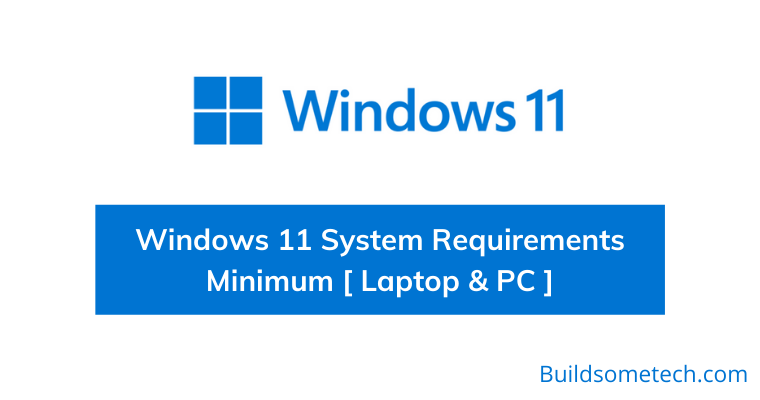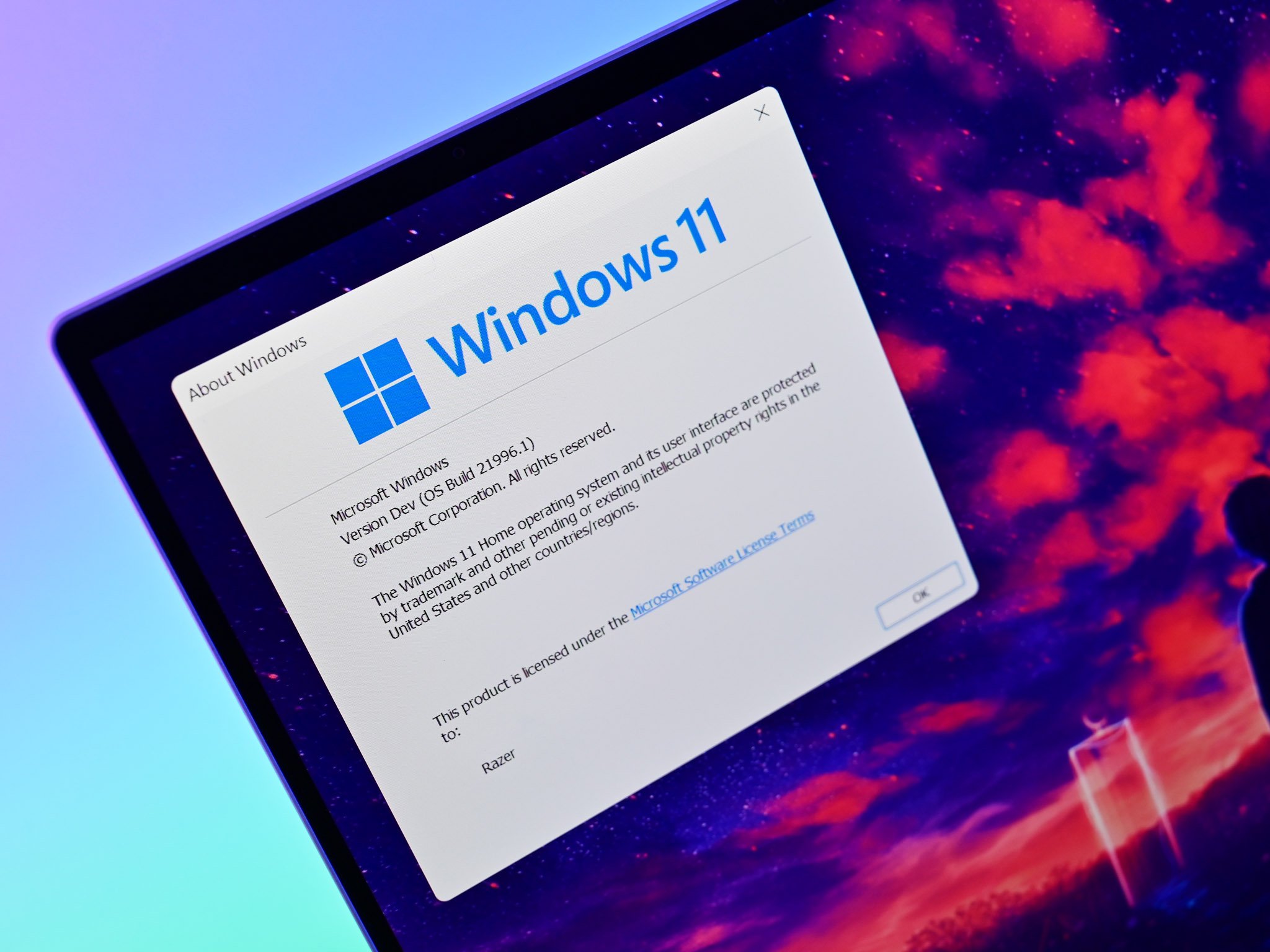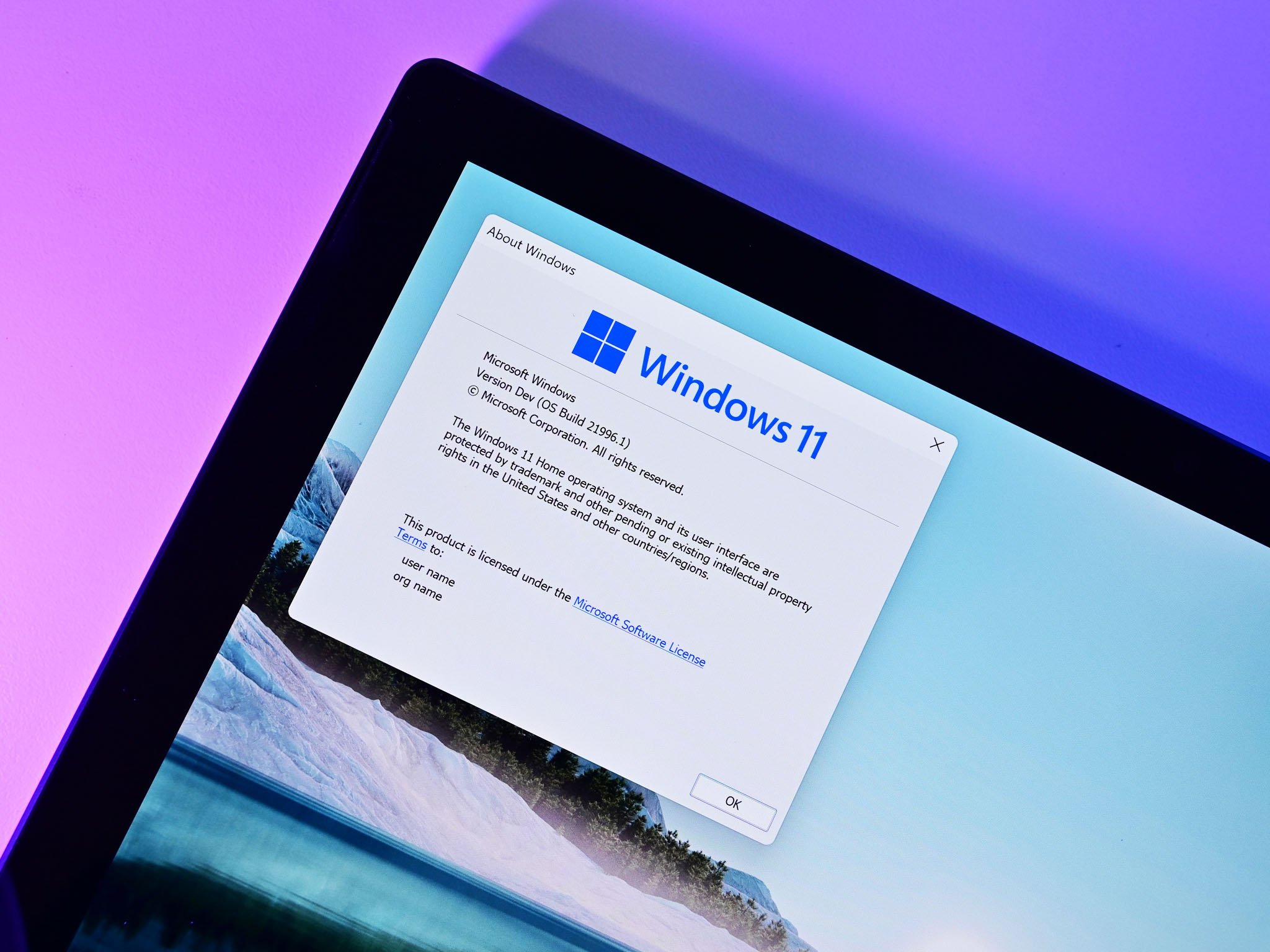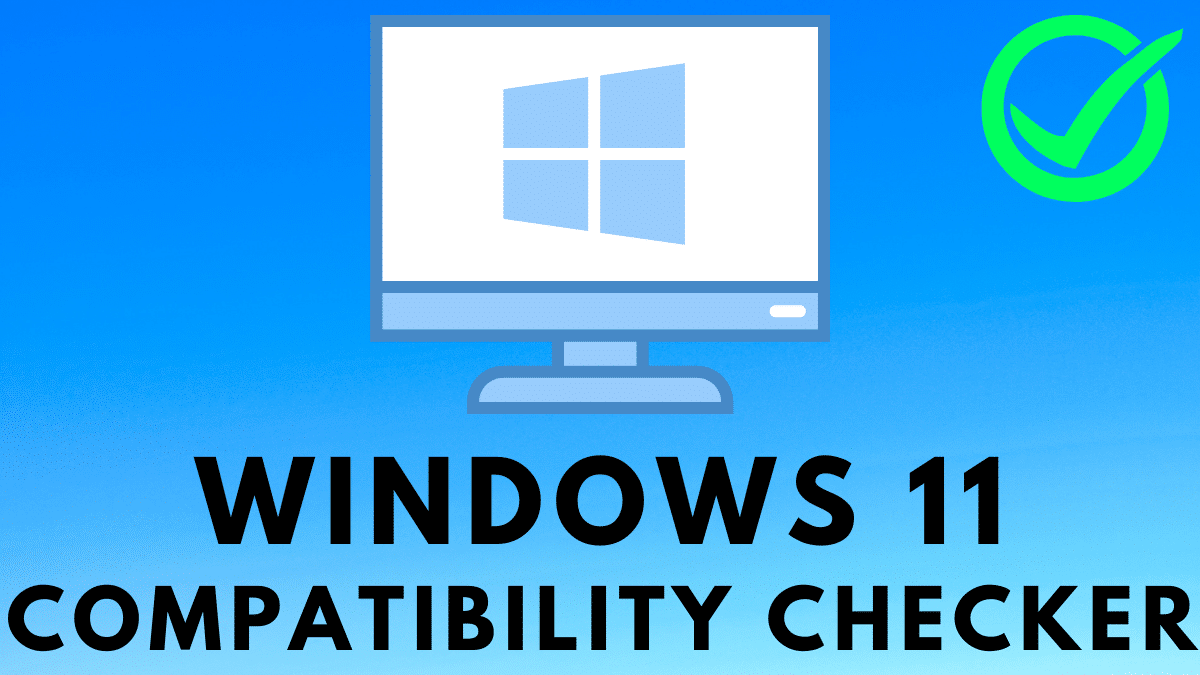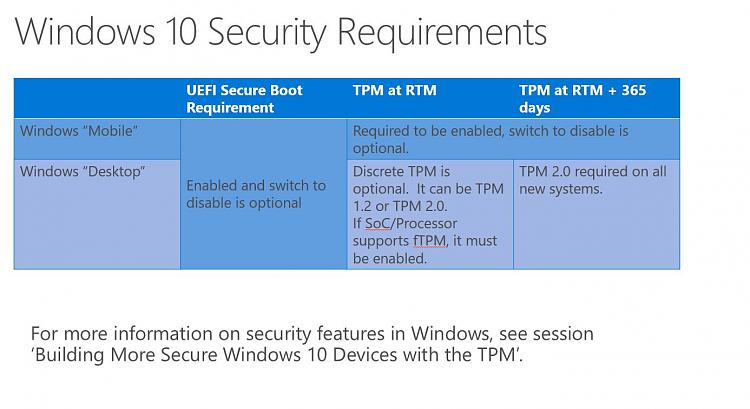Sunday, January 23, 2022
Monday, January 10, 2022
Windows 11 Without Minimum Requirements
In addition to increased reliability, the supported processors increase security capabilities at the chip level. These processors provide virtualization extensions and virtualization performance improvements. Windows 11 supports virtualization-based security which enables several security capabilities, including memory integrity, also known as hypervisor-protected code integrity . HVCI disables dynamic code injection into the Windows kernel.
HVCI also provides driver control and ensures that all drivers loaded meet a policy of allowed drivers set by Microsoft and the user. The United States Department of Defense requires virtualization-based security on Windows 10 for their devices. In partnership with our OEM and silicon partners, we will be enabling VBS and HVCI on most new PCs over this next year.
And we will continue to seek opportunities to expand VBS across more systems over time. Citing security considerations, the system requirements for Windows 11 were increased over Windows 10. While the OS can be installed on unsupported processors, Microsoft does not guarantee the availability of updates. Windows 11 also drops support for 32-bit x86 CPUs and devices which use BIOS firmware. At least 16GB of RAM The basic system requirements of Windows 11 differ significantly from Windows 10. Windows 11 only supports 64-bit systems such as those using an x86-64 or ARM64 processor; IA-32 processors are no longer supported.
Thus, Windows 11 is the first ever consumer version of Windows not to support 32-bit processors and 16-bit software . The minimum RAM and storage requirements were also increased; Windows 11 now requires at least 4GB of RAM and 64GB of storage. S mode is only supported for the Home edition of Windows 11.
The compatibility list includes the Intel Core i7-7820HQ, a seventh-generation processor used by the Surface Studio 2, although only on devices that shipped with DCH-based drivers. As part of the minimum system requirements, Windows 11 only runs on devices with a Trusted Platform Module 2.0 security coprocessor. According to Microsoft, the TPM 2.0 coprocessor is a "critical building block" for protection against firmware and hardware attacks. In addition, Microsoft now requires devices with Windows 11 to include virtualization-based security , hypervisor-protected code integrity , and Secure Boot built-in and enabled by default. The operating system also features hardware-enforced stack protection for supported Intel and AMD processors for protection against zero-day exploits.
Windows 11 continues our strong commitment to compatibility. This means that devices can upgrade to Windows 11 and critical apps and devices will simply work. Raising the Windows 11 minimum system requirements enables us to better support apps and hardware for drivers and devices. Feedback also shows us that unsupported hardware is more likely to have older drivers that are incompatible with new OS features such as VBS. Supported hardware also comes with modern drivers, which helps ensure not only the reliability we mentioned earlier, but also great hardware compatibility. Microsoft does not recommend downloading Windows 11 on PCs that do not meet its standards, such as minimum 4GB of RAM, 64GB storage, TPM chips, and supported processors.
Windows 11 will not come as an automatic update for unsupported devices, but users will be able to download it off the web. Microsoft has an app called PC Health Check, which can be used to determine if a PC is ready for Windows 11. Some PCs also have TPM chips installed but disabled and you can turn them on by going into your BIOS settings. Original equipment manufacturers can still ship computers without a TPM 2.0 coprocessor upon Microsoft's approval. Devices with unsupported processors are not blocked from installing or running Windows 11; however, a clean install or upgrade using ISO installation media must be performed as Windows Update will not offer an upgrade from Windows 10.
Some third-party software may refuse to run on unsupported configurations of Windows 11. If the device does not have a TPM chip or Secure Boot, installing Windows 11 with different workarounds is still possible. Cunningham concluded that "as I've dug into and learned its ins and outs for this review, I've warmed to it more", but argued that the OS was facing similar "public perception" issues to Windows Vista and Windows 8. Warren noted that he rarely used the Widgets panel or Microsoft Teams, citing that he preferred the weather display that later versions of Windows 10 offered, and didn't use Teams to communicate with his friends and family. He also acknowledged the expansion of Microsoft Store to include more "traditional" desktop applications.
Overall, he concluded that "I wouldn't rush out to upgrade to Windows 11, but I also wouldn't avoid it. After all, Windows 11 still feels familiar and underneath all the UI changes, it's the same Windows we've had for decades." Following the results of our testing, we are making a small number of additions to the compatible processor list , but otherwise will maintain the minimum system requirements as originally set. For those who are using a PC that won't upgrade, and who aren't ready to transition to a new device, Windows 10 is the right choice. We will support Windows 10 through October 14, 2025 and we recently announced that the next feature update to Windows 10 is coming later this year. Whatever you decide, we are committed to supporting you and offering choice in your computing journey. If you want to see the full Windows 11 minimum system requirements, you can visit this page.
For people running unsupported versions in VMs it's no big deal, just delete the disk image, but for installations on real hardware it's a full clean reinstall of Windows 10. Microsoft designed Windows 10 to run on older hardware, but Windows 11 is more progressive. The five-year-old 7th generation Intel processors are not part of hardware requirements specified for Windows 11. Also, Microsoft has included trusted platform modules , specialized security chips that carry out cryptographic operations and protect passwords on a device. They are affixed to the PC's motherboard and are a staple in almost every mid-range and premium laptop. They are useful for enterprises that need special security measures beyond the logins that are based on the usual passcode or password.
The Windows setup has an "appraiser" service that checks to see if your computer meets the minimum hardware requirements for that version. It's possible to replace the file in the Windows 11 setup with one from an older build of Windows 10. Navigate to the downloaded Windows 11 ISO file, and select it. Rufus will populate the rest of the settings, which you have to change according to your system of choice.Under the Image Options label, select Extended Windows 11 in installation (no TPM / no Secure Boot). You should see the Target System label reflect your BIOS Mode as you switch the Partition Scheme.If you have a rather old 64-bit system you're attempting this on, check the Add fixes for old BIOSes option.
While some users have been trying out Windows 11 via the Windows Insider Program Microsoft has been using that data to expand the list of compatible processors. That list was updated recently to include Intel Core X-series, Xeon W-series and Intel Core 7820HQ CPUs. So it's clear that Microsoft is still testing to ensure as many machines as possible work with the new operating system and it's worth keeping an eye on the long list of supported devices. Typically, there are no significant changes in hardware requirements from version to version. However, Windows 11 represents the most significant update of Windows in the past decade, and it requires a more powerful hardware configuration to support the new default security features to keep devices and data safe and secure.
Windows 11 has significantly increased the system requirements compared to previous versions of Windows. Microsoft also details how it arrived at these minimum system requirements for Windows 11. Microsoft wants to push Windows toward modern DCH drivers and modern security with Trusted Platform Module support and virtualization-based security .
Microsoft has updated the minimum system requirements for Windows 11. The company has announced in a blog post that it is adding a small number of additions to the compatible processor list after Windows Insider testing and exploring options with OEMs. The minimum system requirements now also include additional older Intel CPUs that will be compatible with Windows 11 and the old requirements are still applicable. Exactly how this will play out is not clear, but some users have reported receiving updates on unsupported installations. Rather than intending to punish users with older hardware, it is more likely that Microsoft is covering itself against the possibility that some updates will not work. It would be a mistake to bypass the requirements on production systems that work well with Windows 10, or on hardware that is still under warranty.
Not to mention, the 64-bit processor requirement makes it clear that Microsoft wants to do away with older PCs. Interestingly, Microsoft has not mentioned any specific hardware requirements to run Android apps on Windows 11. The support for Android apps is made possible by Intel Bridge Technology. Will Windows 11 running on AMD processors be able to run Android apps?
Windows 11 Upgrade Without Minimum Requirements A redesigned user interface is present frequently throughout the operating system, building upon Fluent Design System; translucency, shadows, a new color palette, and rounded geometry are prevalent throughout the UI. A prevalent aspect of the design is an appearance known as "Mica", described as an "opaque, dynamic material that incorporates theme and desktop wallpaper to paint the background of long-lived windows such as apps and settings". Internet Explorer has been replaced by the Chromium-based Microsoft Edge as the default web browser, and Microsoft Teams is integrated into the Windows shell. Microsoft also announced plans to allow more flexibility in software that can be distributed via Microsoft Store, and to support Android apps on Windows 11 . As Windows 11 launches Tuesday with stricter hardware requirements than past versions of the operating system, Microsoft says that security updates will not be guaranteed for users that opt to install Windows 11 on an unsupported PC. Although Microsoft has already revealed a walkaround to bypass the TPM 2.0 and processor requirements, the company has also warned users against installing the operating system on unsupported devices.
Knowing that some users will want to install Windows 11 on systems that don't meet all of its hardware requirements, Microsoft has provided a registry hack that loosens them up somewhat. Using this hack, you can install on a system that has at least TPM 1.2 and has an unsupported CPU. That said, we recommend the scripts above because they don't require you to have TPM of any kind.
Some requirements can be resolved if you're running an older PC, such as upgrading your display, graphics card, RAM, or storage, or adding a webcam. Processors are a little trickier, and we'll cover those in the next section. The Windows 11 beta, at least the insider preview versions, will run on systems that do not meet the Windows 11 release version requirements.
Yes, Microsoft tells you this upfront, that you'll have to do a full reinstall of Windows 10 when the release version of Windows 11 is released. How Microsoft will actually go about terminating or crippling the betas running on unsupported systems after Win 11 is released remains a mystery. Luckily, there are ways to install Windows 11 on unsupported hardware.
It requires you to bypass the security and hardware requirement checks in Windows 11. This means that you will essentially be losing some of the promised safety appeal that Microsoft is promising here. However, if you really, badly want to upgrade to Windows 11, it'll do the trick. Users following the announcement have been really excited for Windows 11, however some users that have a PC containing older processors are concerned that their PC might not be able to run the Windows 11. Both the requirements for AMD and Intel users were pretty high leaving a lot of them dishearten.
A lot of users since then has called out Microsoft for keeping such high minimum requirements. Either of these tools can provide you ample intelligence to determine if your PC is ready for Windows 11, with one caveat. Older PCs whose CPUs qualify under the processor requirement may include hardware-based TPM chips of version 1.3 or older . These CPUs can emulate TPM 2.0, so what looks like a failure to meet Windows 11 requirements at the hardware level can be offset in software. I will explain further in the section on the Windows 11 Compatibility Check script below. The program returns one of three possible windows after the compatibility check runs.
I'm running Enterprise on my production PC and have flagged this as an error or problem with Microsoft via its Feedback Hub. Legacy BIOS is no longer supported; a UEFI system with Secure Boot and a Trusted Platform Module 2.0 security coprocessor is now required. The TPM requirement in particular has led to confusion as many motherboards do not have TPM support, or require a compatible TPM to be physically installed onto the motherboard.
In October 2019, Microsoft announced "Windows 10X", a future edition of Windows 10 designed exclusively for dual-touchscreen devices such as the then-upcoming Surface Neo. Legacy Windows applications would also be required to run in "containers" to ensure performance and power optimization. Microsoft stated that it planned to release Windows 10X devices by the end of 2020. However, Microsoft advises against using the above trick and installing Windows 11 on non-compatible machines. In another support article Installing Windows 11 on devices that don't meet minimum system requirements, Microsoft addresses this aspect. Microsoft has published another support article Ways to install Windows 11, parallel to the release of Windows 11.
Microsoft also explains there that the minimum requirements regarding TPM 2.0 (at least TPM 1.2 is required) and the CPU family or CPU model are not checked during a new installation of Windows 11 from a booted installation medium. Most of the computers currently available in companies do not meet the minimum requirements that Microsoft has made a condition for Windows 11. Microsoft has now revealed a way to bypass the check for TPM 2.0 support and CPU compatibility during Windows 11 setup. For this process, users will need to ensure that their installed TMP is enabled, which can be done by using the Win+R keys to bring up Run, then entering the command tpm.msc before pressing Enter.
If this is active, you'll see it from the Status tab in this new window. If you're confident your PC has TPM, and it isn't showing up, you can check it is enabled through in your BIOS. If it's active, you'll then find the registry coding instructions required to install Windows 11 on the support page here. The tool is back and is now significantly improved, and if it detects any incompatibilities with your PC, it will list them individually. But you can also prepare for an upgrade to Windows 11 by checking your PC's hardware and software capabilities by hand. This approach is especially helpful if you've got a home-built PC that may have a Trusted Platform Module installed, but not enabled.
So grab your current PC's specs and follow along as we go over the extensive lists of requirements that Microsoft has published. Microsoft is also adding new, stricter security requirements for Windows 11. You will now need a PC that includes a Trusted Platform Module 2.0, a security coprocessor that's not present on all PCs. (What's a TPM?) A TPM includes a hardware-based random number generator, and can issue cryptographic keys to protect your data. (Microsoft and AMD announced a complementary technology called Pluton in late 2020, originally developed for the Xbox, though Windows 11 PCs don't appear to require it.) Your PC must also support UEFI and be Secure Boot-capable.
Microsoft has been testing these processors with Intel, but the 7820HQ is only supported on devices that ship with Declarative, Componentized, Hardware Support Apps . You may have heard of DCH in GPU drivers, and it's a cleaner and more secure driver design that Microsoft has been encouraging OEMs and hardware manufacturers to adopt in recent years. Apps like GPU control panels are separated from the driver install with DCH, allowing OEMs to service them separately without having to issue new driver updates. Alongside the workaround to install Windows 11, Microsoft is also tweaking its minimum system requirements to include more processors.
Intel's Core X-series and Xeon W-series will now be officially supported for Windows 11 upgrades, alongside Intel's Core 7820HQ chip that's inside the Surface Studio 2. The hype of Windows 11 is increasing day by day as the expected launch date is very near. Some developers and enthusiasts have downloaded and installed a Windows 11 leaked build, and have shared the expected Windows 11 system requirements. The hardware requirements that have surfaced claim Windows 11 to run on a 1.2 GHz single-core processor for 32-bit systems and a 1.4 GHz single-core processor for 64-bit systems.
Cnet listed out two available online tools users could use to check for Windows 11 compatibility. To clarify, these programs need to be downloaded and installed on the device so it can run a diagnostic program and check on its eligibility. Each online tool has its own set of instructions for usage. Windows 11 is the first version update to the most widely used PC operating system in the world in more than five years.
The basic hardware requirements don't rule out any modern system. You must have at least a dual-core 1GHz 64-bit processor, 4GB of RAM and at least a 64GB hard drive. Your display must be at least 9-inches with a 720p or higher resolution. Your graphics card will need to be compatible with DirectX 12 or later with WDDM 2.0 driver. The rest of the process is just like any regular old bootable USB installation. Attach the USB drive to the system you want to upgrade to Windows 11, and boot it up.
Windows 10 Pro Key Purchase
I really wanted to get a Windows 10 Professional key to activate my new custom gaming system and was really skeptical as this was my second ...
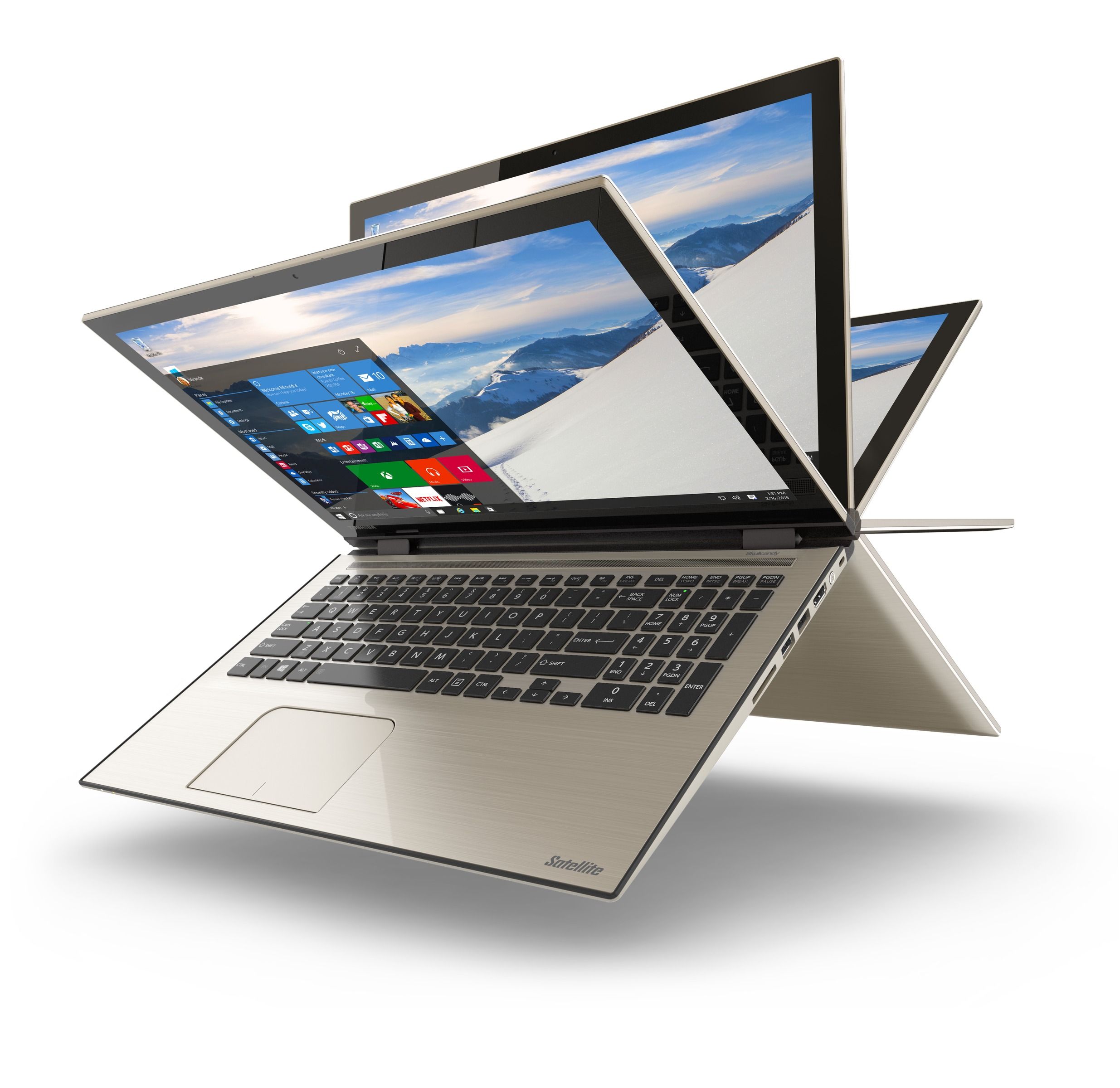
-
Empty Message
-
In addition to increased reliability, the supported processors increase security capabilities at the chip level. These processors provide v...
-
I really wanted to get a Windows 10 Professional key to activate my new custom gaming system and was really skeptical as this was my second ...

